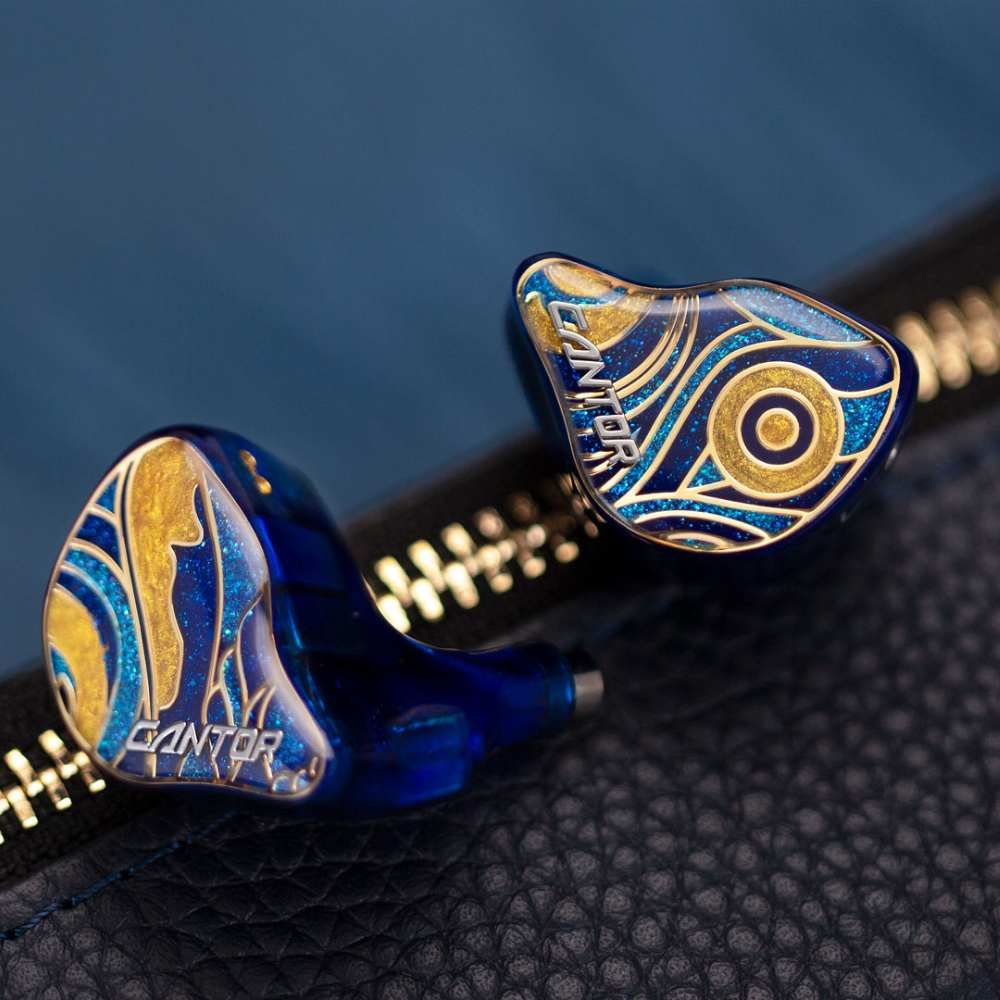Cantorvs.Daybreak
Sound & Specs Comparison
Information
Both IEMs are widely regarded in the audiophile community. See how they differ in terms of sub-bass response, upper mids, clarity, and overall tonality. Spider charts and rating breakdowns included.
Objective Comparison
Facts, details, stuff.
| General Info | Cantor | Daybreak |
|---|---|---|
| Brand | AFUL | CrinEar |
| Country | Taiwan | – |
| IEM Description | The AFUL Cantor combines technical precision with musicality in a hybrid design. Featuring a dynamic driver for powerful bass and multiple balanced armatures for clean mids and sparkly highs, it delivers a spacious soundstage with excellent separation. Tuning leans slightly toward a balanced-bright signature, making it a solid choice for detail lovers who still want some low-end punch. | – |
| Price Level | 500 – 1.000 | 100 – 500 |
| Housing & Driver | ||
|---|---|---|
| Driver Config | Multi-BA | – |
| Driver Types | Balanced Armature | – |
| Shell Material | – | Fully Filled Resin, Aluminium Nozzle |
| Cable | 4Braid 5N OFC Cable | – |
| Technical | ||
|---|---|---|
| Freq Range | – | – |
| Impedance (Ω) | 20 | – |
| Sensitivity (dB) | 106 | – |
| Crossover | RLC Network Electronic Crossover | – |
| Platform Info | ||
|---|---|---|
| Comments | 1 | 0 |
| Visit Count | 128 | 133 |
| External Reviews | 1 | 0 |
Meta Ratings
// Nothing to compare yet.
Sound Characteristics
Low-frequency extension on Cantor feels a more natural and authoritative, while Daybreak lacks some reach (8.5 vs 5.5). The low-end on It is a more controlled and rhythmic, offering better definition than Daybreak (9 vs 6). It translates bass vibrations into a a more visceral experience, while Daybreak lacks this tactile feedback (8.5 vs 6). Male vocals and lower instruments sound s richer and better defined on It, unlike Daybreak which can seem hollow (8.5 vs 6). It reproduces female vocals and strings with d more air and forwardness, while Daybreak remains recessed (8 vs 6.5). The treble on It is a more nuanced and refined, especially when it comes to cymbals and ambient elements (8 vs 6.5). It extends a further into the upper treble, adding air and openness that Daybreak lacks (7.5 vs 7). It creates a m wider soundstage, giving instruments more space and a better sense of placement than Daybreak (8 vs 6). With a higher resolution, It allows finer textures and room ambiance to shine more than Daybreak (8.8 vs 6). It organizes musical elements a better across depth, enhancing spatial realism over Daybreak (8.3 vs 6.5). It avoids frequency masking s more successfully, preserving clarity across the spectrum better than Daybreak (8 vs 6.5). It adds a more body and density to musical notes, enriching the overall texture compared to Daybreak (7.5 vs 6). It delivers dynamic shifts with s greater impact, making Daybreak sound comparatively tame (8.5 vs 5.5). The upper range of vocals is m cleaner and more forgiving on It, helping it avoid sibilant harshness that Daybreak shows (8.5 vs 6). It renders timbres with c better harmonic balance, preserving the character of instruments more accurately than Daybreak (7.5 vs 5). Across the frequency range, It stays c more consistent in tonal balance, resulting in a smoother listen than Daybreak (8.8 vs 5.5). It portrays textures in vocals and strings with a more realism, enhancing emotional depth over Daybreak (8 vs 5).
| Cantor | Daybreak | |
|---|---|---|
| Sub Bass | 8.5 | 5.5 |
| Bass | 9.0 | 6.0 |
| Bass Feel | 8.5 | 6.0 |
| Lower Mids | 8.5 | 6.0 |
| Upper Mids | 8.0 | 6.5 |
| Lower Treble | 8.0 | 6.5 |
| Upper Treble | 7.5 | 7.0 |
| Sound Stage Width | 8.0 | 6.0 |
| Detail | 8.8 | 6.0 |
| Layering | 8.3 | 6.5 |
| Masking | 8.0 | 6.5 |
| Note Weight | 7.5 | 6.0 |
| Slam | 8.5 | 5.5 |
| Sibilance | 8.5 | 6.0 |
| Timbre Color | 7.5 | 5.0 |
| Tonality | 8.8 | 5.5 |
| Texture | 8.0 | 5.0 |
Tonal Signature
// Nothing to compare yet.

